Kia Carnival Vs Chrysler Pacifica Comparison

We’ve said it before, and we’ll say it again: the best vehicles for families are not three-row crossovers, but minivans.
The Chrysler Pacifica and Kia Carnival are two of the best. Graced with more SUV-like styling cues to better align with market demands, these two people haulers offer unparalleled space for people (big and small) and their stuff. But only one can really, truly win. Managing editor Mike Schlee and I spent a week with them to find out who rules the sandbox.
Interior and Cargo Space
Kia Carnival: The Carnival makes a strong first impression, with a modern dashboard design and solid material choices. The seating position is high and upright, with easy access to the touch controls down below the screen, and a traditional shifter.
Front seat comfort is generally good, though we found the cushions flatter and harder than those in the Pacifica. The sightlines within the Carnival are great: it’s easy to see out of in all directions. Those big headrests do eat into the rear view, though. The twin moonroofs are a solid advantage here, though the rear one is placed awkwardly, so neither second- nor third-row passengers can fully enjoy it.
Speaking of the back rows, the Kia’s big unique selling point has to be its swanky second-row. This seven-seat layout includes the business-class captain’s chairs, which offer a full power-recline feature including a legrest. This is great for when the grandparents come to visit and need a restful drive home from the airport. For all the other times, however? Uh, not great. These hefty seats can slide fore and aft as well as inboard but can’t fold out of the way for ease of access to the third row. For obvious reasons they can’t be removed, either.
The third row is where the Carnival claws back some points. It’s the more spacious of these two, and has larger armrests. Tucking the seats out of the way is easy to do, and the Carnival has the edge on storage space: 40.2 cubic feet (1,138 liters) with all seats up, to 145.1 cubes (4,109 L) if those fancy-pants seats are pushed as far forward as possible.
Chrysler Pacifica: The Pacifica’s cabin isn’t quite as nice as the Kia’s. The contrast stitching on the dashboard is a nice touch, but any of the lighter-colored bits feel brittle. The hybrid model sticks to the pre-facelift center console, or lack thereof, with drawers and a smattering of buttons instead. We like physical controls, but we also like wireless chargers, and the Pacifica skips the latter.
These are great front seats, however, with more squish than the firm thrones in the Kia but no less support on long distances. There are clever details to make driving easier too, like the smaller second-row headrests for improved visibility. We would’ve liked the Road Tripper edition to include a moonroof, too.
The Pacifica’s second row trades out the fancy recline function from the Kia for twin entertainment screens, replete with HDMI inputs. These are comfortable, and helpfully fold forward for better access to the way-back. The third row is slightly tighter than the Korean’s, but matches it for USB support.
Opting for the hybrid means no fold-away second row. The hybrid gubbins do eat into outright storage space, resulting in the Pacifica slightly trailing the Carnival. Seats-up stowage equals 32.2 cubes (915 L); maximum capacity mode is 140.5 cubes (3,979 L).
Bottom Line: The Pacifica’s cabin is looking a little dated in this pre-facelift form, lacking the nicer materials of its competitor. For adults, the Kia’s third row is better—but it’s way worse to get to. The Chrysler is better suited to regular kid use.
Kia Carnival vs Chrysler Pacifica: Tech and Features
Carnival: The Carnival’s twin 12.3-inch touchscreens are sharp and have the size advantage. The user interface is a few steps behind the Pacifica’s slick setup however, with slower response times and a main menu that prioritizes a color scheme over usability. Wired Apple CarPlay and Android Auto are both present, with lots of USB-A plugs peppered throughout the cabin. There’s also a wireless charger on this top trim tester.
Kia throws every sort of safety assist it can at the Carnival—as it should. The usual suspects are all present and correct, including a surround-view monitor and Kia’s clever turn signal-activated blind spot cameras. Family-friendly niceties include a back-row speaker mode, quiet mode (which turns down the audio in all but the front row), and a second-row camera feature.
Pacifica: The Pacifica’s smaller (10.25-inch) touchscreen is the better infotainment setup, with quick response times and lots of customization for busy families. We ding it for its lack of wireless charger—especially tough with wireless CarPlay and AA—but a built-in WiFi hotspot capability is a bonus. Lots of USB ports, of both types, are also welcome.
Like the Kia, the Chrysler has a robust safety suite. It does need the optional Safety Sphere box checked to be at its best, however, which adds a 360-degree camera, parking sensors front and rear, and a parking assist. The Chrysler’s FamCam is the better of the two interior camera systems, as it includes a second view to account for rear-facing child seats.
Bottom Line: Both of these family haulers come loaded with safety kit, which is the most important. The Chrysler has the better infotainment and smarter in-cabin tech, however.
Powertrain, Driving Feel, and Efficiency
Carnival: The Carnival’s 3.5-liter V6 is a solid if unremarkable performer. Hooked up to an eight-speed automatic and sending its power exclusively to the front wheels, the six-pot does exactly what it needs to do. It needs a fair bit of revs on the board to do its best work, which isn’t just noisy, but hurts fuel economy. Speaking of, official figures are naturally worse than the Pacifica’s, with a highway best of 26 mpg (8.9 L/100 km) and a combined rating of 22 mpg (10.6 L/100 km).
Kia has tuned its eight-speed auto well, with the ‘box prioritizing torque. It’s generally well behaved, though its shifts are naturally more noticeable than the no-shift Chrysler.
The Carnival is easy to drive, feeling the smaller of these two big boxes. The steering is light and accurate, while the brake pedal has a positive bite nice and early.
Pacifica: This plug-in hybrid Pacifica uses a more efficient version of the typical 3.6-liter Pentastar V6, which sends 260 hp through an electrically variable transmission. Two motors and a 16.0-kWh battery pack make up the electrified side. There is no quoted combined figure for the entire system. Yet even with an extra 500 or so pounds to lug around, the Chrysler feels just as quick as the Carnival so long as it has some battery charge. Some of that is the added electric motor power; the rest is the transmission, which is quicker to respond yet also avoids too much drone. Basically, the Pacifica just feels more luxurious on the move.
It also feels bigger. Not unwieldy, just generally taking up more space. Thankfully the boxy nature of both of these vehicles makes it easy to place them on the road. The steering is smoother in the Pacifica, and its brake pedal is super progressive, even with regen braking part of the equation.
Driven regularly, the Pacifica will return 30 mpg (8.0 L/100 km), while it’s official equivalency rating is 83 mpg-equivalent (2.9 Le/100 km). While it would be less useful here than in somewhere like Europe, we wish the Pacifica had a hold-charge function to let us choose where to use gas or battery.
Bottom Line: The Carnival does the modern interpretation of the classic minivan drive. The Pacifica is the future.
Kia Carnival vs Chrysler Pacifica: Styling
Carnival: Kia made a big deal out of the Carnival’s SUV-like makeover when it debuted three years ago. It’s still very handsome for a big ol’ box, featuring sharp lines, a big grille, and attractive wheels. The LED detailing in both the head- and taillights gives the Kia a premium feel. Textured metal trim pieces are something of a Kia family trait, and we like the C-pillar interpretation here. If only the Carnival had a more interesting paint choice.
Pacifica: Like the Carnival, the Pacifica’s current look was billed as more crossover-like by its maker. The squinty headlights gave it a more aggressive nose—and the addition of AWD on the gas-only model helped—but the rest of the shape is still decidedly minivan. We’re okay with that, because practicality, and the wing-like taillight arrangement is a cool take on a quickly overplayed styling trend. White works better on the Pacifica than gray does on the Carnival, but again, where’s the color?
Bottom Line: Styling is always, always up to your own personal choices. Both brands have worked hard to add crossover cues to these two people movers; which does it best is up to you.
Pricing and Value
Carnival: This is the most expensive Carnival you can buy, dubbed SX Prestige in the US or simply SX in Canada. Well, almost: American buyers can drop an extra grand on a dual-screen entertainment setup. Add in the premium paint—Ghost Grey is a Canadian exclusive— for $495 ($250 CAD), and you’re left with a grand total of $48,160 ($52,195 CAD).
Pacifica: Buyers opting for the plug-in hybrid Pacifica will already clear the Carnival’s price tag, either by a bit (in the US) or a lot (in Canada). Our tester is built off the entry L trim, but then ladles on the Road Tripper package ($1,495 / $1,995 CAD), Uconnect Theater Family Group ($3,895 / $3,795 CAD), and Safety Sphere package ($1,195 / $995 CAD). The final tally is a startling $59,275 ($68,875 CAD).
Bottom Line: The Carnival is the runaway value option here.
Kia Carnival vs Chrysler Pacifica: Verdict
If you’ve read each category and determined the Pacifica is the decisive winner, well—you’re not wrong. The folks who created the minivan are still in fact excellent at building the things. It is super pricey, but that’s more to do with the powertrain than anything else.
That’s not to say the Carnival is a bad choice. It’s very good: spacious, attractive, and excellent value. Those party-piece second row seats are more style over substance, and the lack of either AWD or a hybrid powertrain hurts the Carnival’s appeal. But if you need a straight-forward seven-seater that’s easy to live with, this is a solid pick.
Even in its lowest trim, the Pacifica Hybrid feels like a luxury car. Not in those low-rent cabin plastics, but in its smooth operation and luxury of space. Yes, it is very expensive for a minivan. But for a vehicle of this size, capable of shuttling seven adults in comfort, and a plug-in hybrid? Seen that way, it’s kind of a deal.
Become an AutoGuide insider. Get the latest from the automotive world first by subscribing to our newsletter here.

Kyle began his automotive obsession before he even started school, courtesy of a remote control Porsche and various LEGO sets. He later studied advertising and graphic design at Humber College, which led him to writing about cars (both real and digital). He is now a proud member of the Automobile Journalists Association of Canada (AJAC), where he was the Journalist of the Year runner-up for 2021.
More by Kyle Patrick



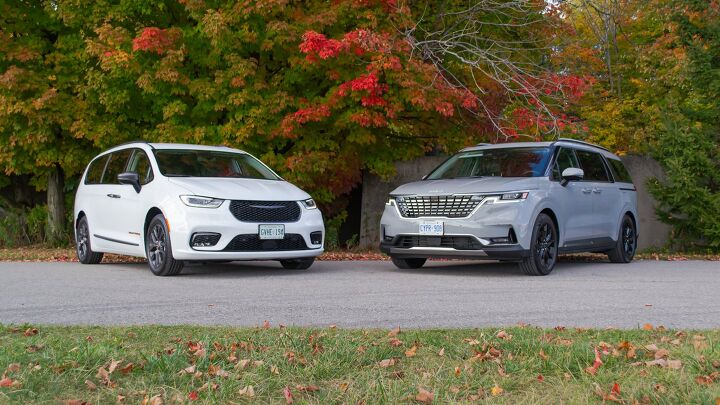
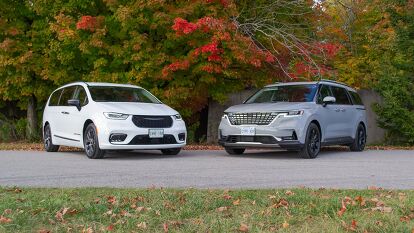



























































































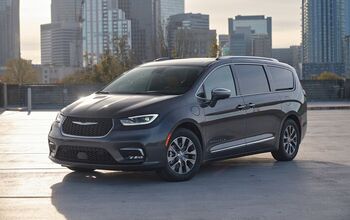
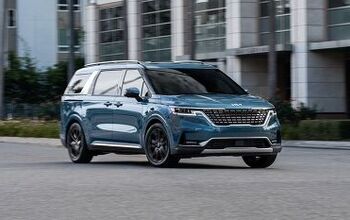
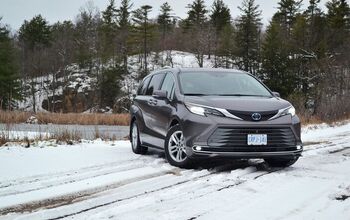
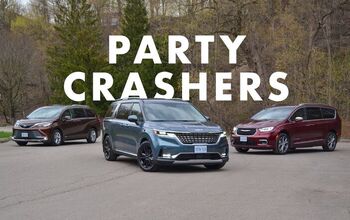
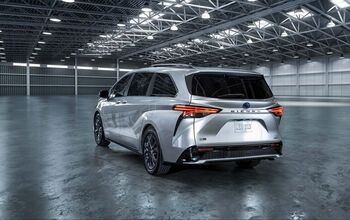


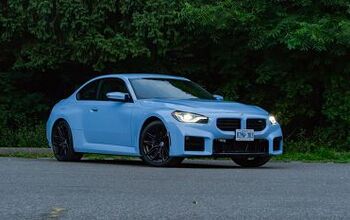
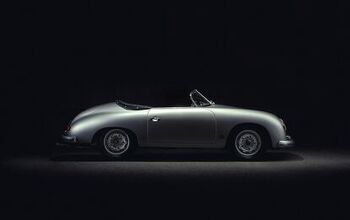

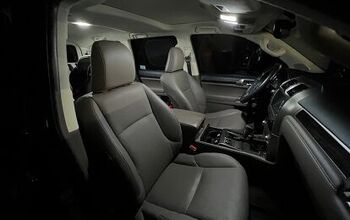

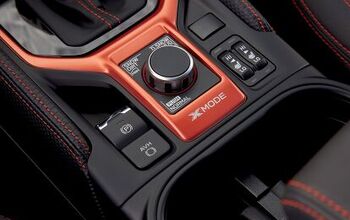
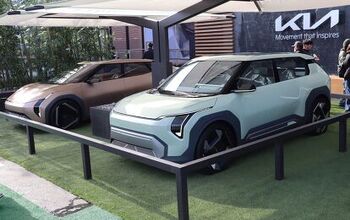
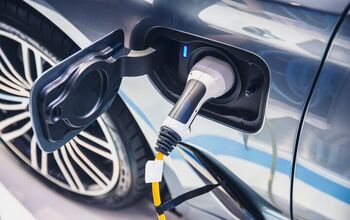
Comments
Join the conversation
I said it before and I will say it again. How much money does Chrysler pay you for always choosing their vehicles in comparison tests?
I have owned/own seven Chrysler/Mopar/Mercedes/Stelantis whatever they are this week, minivans. I am the expert of these vans. I currently have my 1st Kia Carnival. The KIA Carnival is better in so many ways than the Stelantis product. I could spend days telling you about the negatives of the Stalantis product. The 2024 limited
PACIFICA is the same vehicle as my 2014 Town and Country. The only difference is the more advanced, terrible Uconnect system. I do not like the electric steering of the Kia unfortunately, most new cars have this. If I were in the market for a new minivan Kia is the way to go. Better vehicle ,more bang for the buck, and a better warranty.